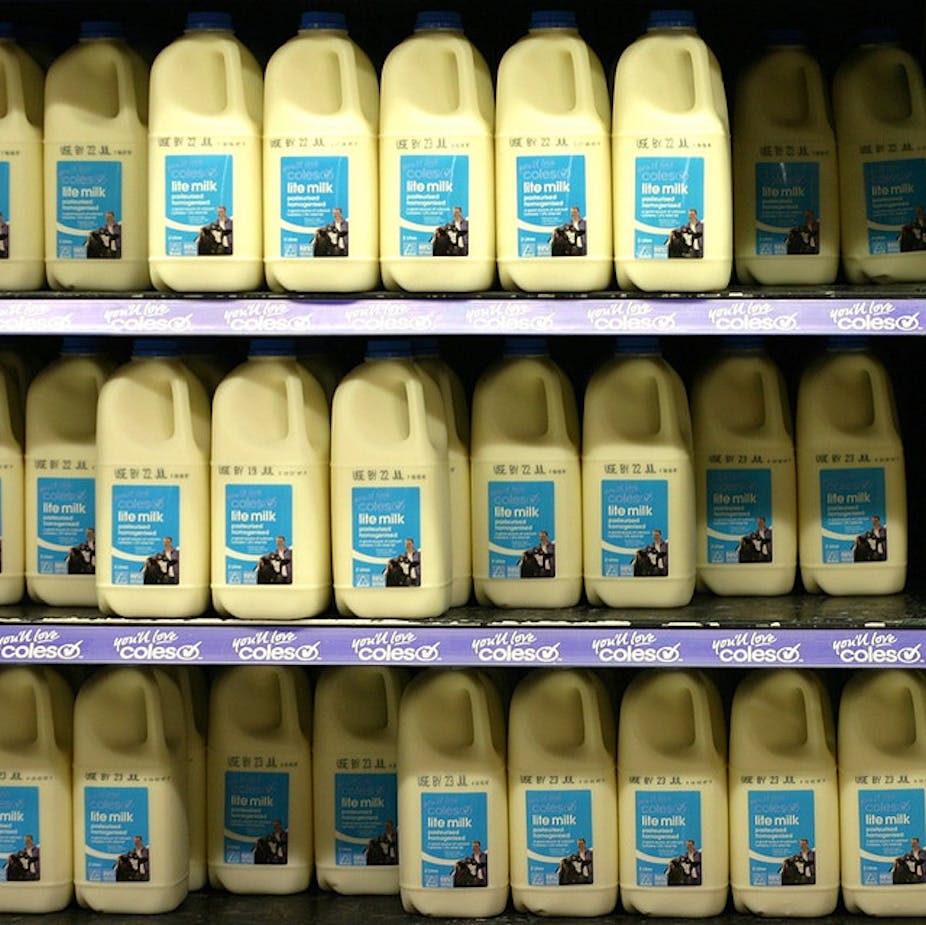There is no doubt that the greatest challenge currently facing agriculture is our capacity to feed an anticipated population of 9 billion by 2050.
Not only is there an increasing demand for food, but the form in which food is consumed today places additional constraints upon the system. With increasing income and greater urbanisation, diets are including more meat, dairy products and oils. In order to meet the increased demand, the FAO estimates that by 2050, food production will have to double.
This will be made all the more difficult by increased urbanisation, which places increasing pressure on the availability of arable farm land and water. Rising energy costs and the increasing demand for renewable energy could see more farmland allocated to the production of biofuels.
Agriculture doesn’t just have to contend with a steady decline in a rate of productivity growth. It now faces the increasingly unpredictable impact of climate change.
Within the Asia-Pacific region, Australia is expected to play a major role as a reliable supplier of good quality food. However, in order to take full advantage of these opportunities, industry must first address some key challenges domestically.

Australia is one of the oldest and driest continents on earth. After more than 150 years of intensive agriculture, much of the landscape is affected by salinity. The Commonwealth Department of Sustainability, Environment, Water, Population and Communities estimates that by 2050 17 million hectares will be threatened.
The development of commercial tree production systems, improved farming practices and the adoption of new crops offers some potential to ameliorate affected land. However, in other instances, more drastic measures may need to be implemented.
Climate change is and will continue to have a significant impact on Australian agriculture. Changing rainfall patterns, warmer temperatures and an increase in the frequency and severity of adverse weather events mean some adjustments within the industry seem inevitable.
Improved weather forecasts may help farmers make better decisions about what to grow, when and where, but in other instances, without a significant public investment in infrastructure, much of the marginal cropping land will be surrendered.
Water is and will increasingly become the most limiting constraint in Australian agriculture. Not only is agriculture the biggest user of water, but competition for the resource is expected to intensify between urban and industrial users and the needs of the environment.
Since European colonisation, productivity within Australian agriculture has progressively increased, thanks to the greater use of inputs like fertiliser and improved farming practices. However, as the costs of production continue to escalate, it is becoming more difficult to extract any additional gains in productivity.
Worldwide, the dramatic increases in production which accompanied the green revolution are diminishing, largely as a result of a significant reduction in public research and development expenditure.

Today, the situation is aggravated by consumers’ increasing demand for food that has been produced in a more sustainable manner. Much has been done to mitigate the damage and to rehabilitate degraded lands, but there is on-going need to explore the economic, environmental and social implications of adopting “low input” systems (less water, less fertiliser etc), judiciously applying fertilisers and chemicals, minimising tillage, applying more organic mulches, using crop rotations, companion planting and integrated cropping systems, and indeed, exploring opportunities for the introduction of gene technology.
In society today, food has been greatly devalued. As competition between Australia’s two largest food retailers intensifies, advertising that “quality costs no more” or “at no additional cost to you” does little to encourage the investment that is so desperately needed.
Furthermore, Pratley and Leigh highlight the impending crisis in agricultural education in Australia. They note that there has been a steady reduction in student enrolments across the country. Agriculture, it seems, is failing not only to attract the necessary investment, but also to attract the brightest minds.
While much has been done to improve food safety, for the majority of urban consumers there is a significant disconnect between the availability of food and the manner and form in which it is produced. Consumers are demanding more healthy and nutritional food. But the vast majority continue to indulge in highly processed foods containing large amounts of salt, sugar and fat, accompanied by an abundance of artificial colouring agents, flavour enhancing compounds and preservatives.
For industry, the challenge is to get closer to the consumer, to gain a greater understanding of how, why and when food is consumed, and to deliver new innovative, value-added products which capture the consumer’s changing needs.

